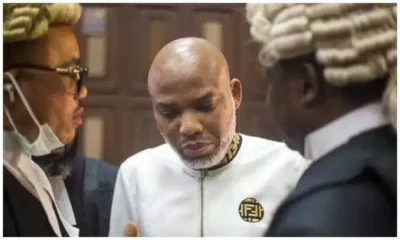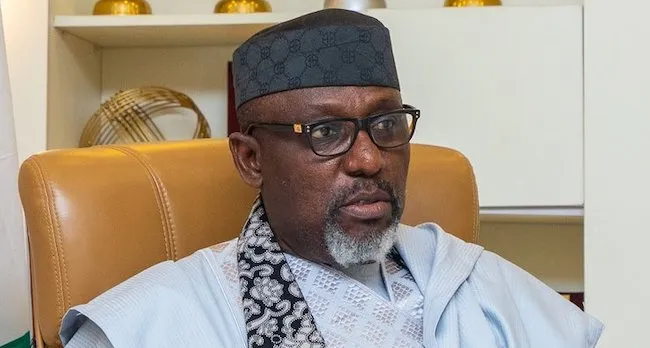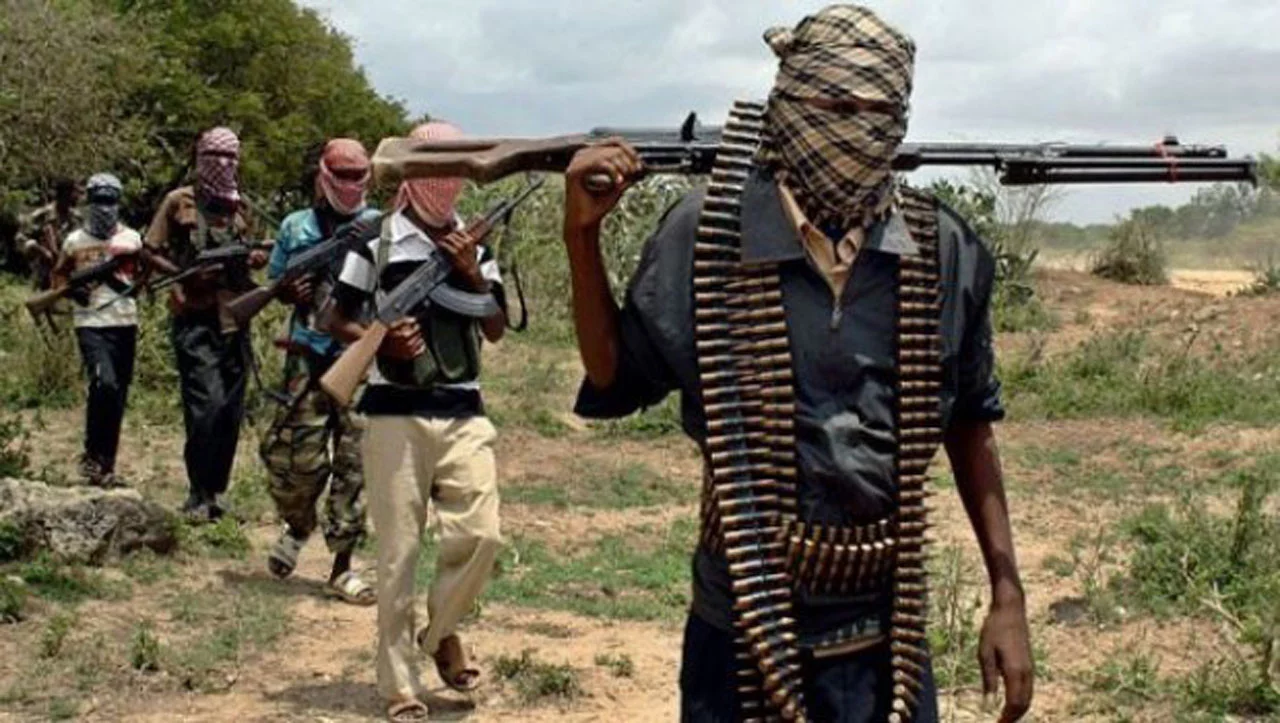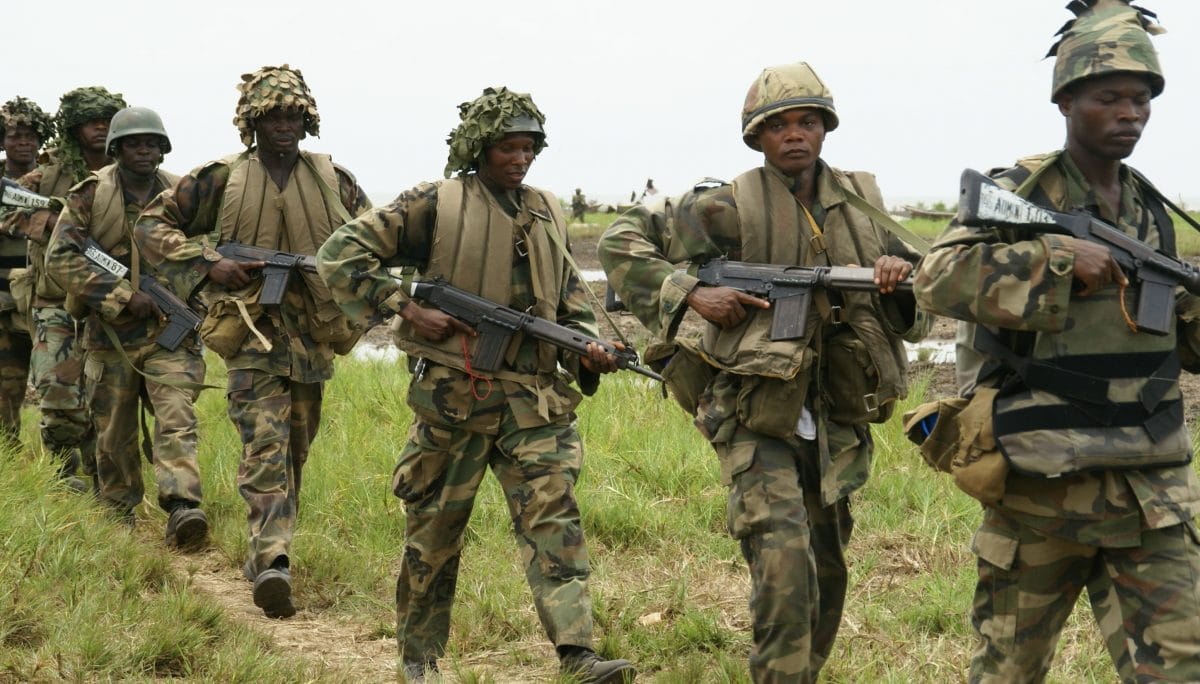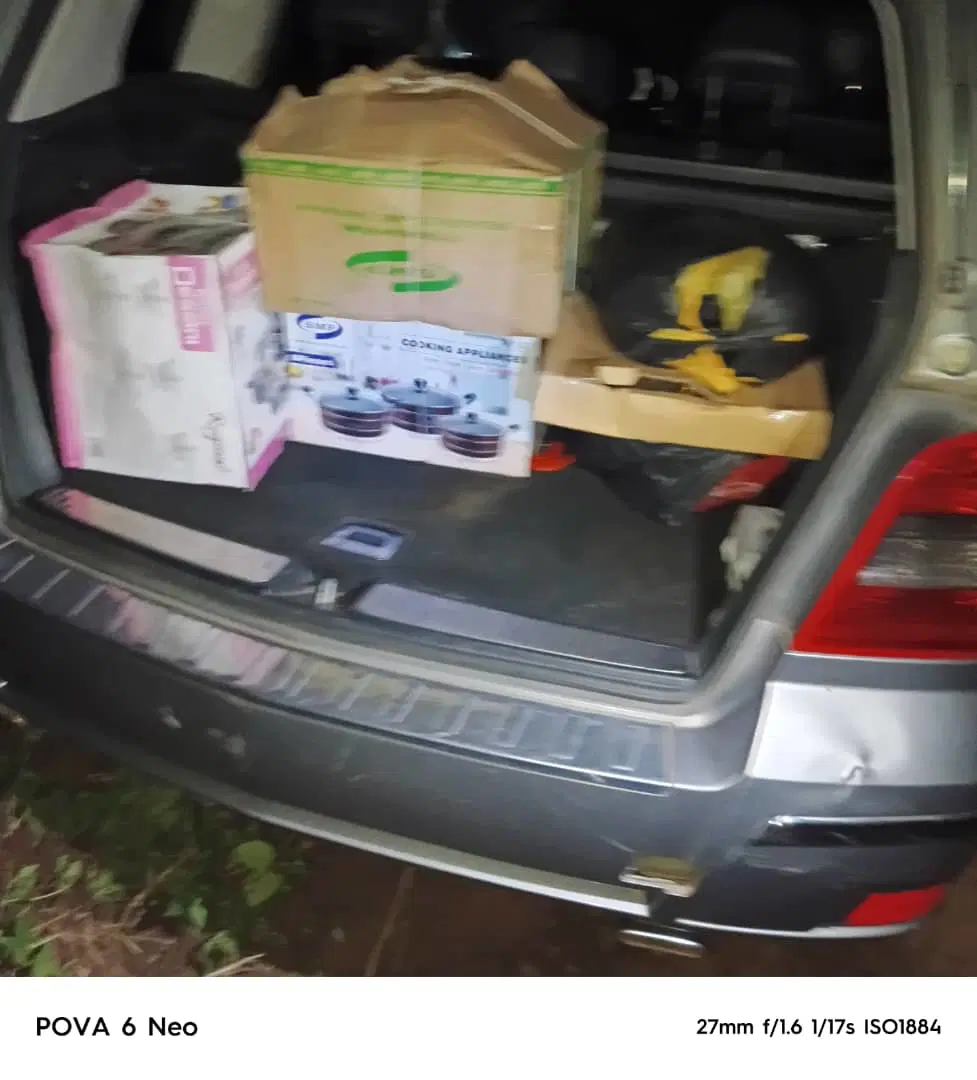City Info
IPOB: Nnamdi Kanu Unveils ‘Newest Flag Design’ For The Republic Of Biafra
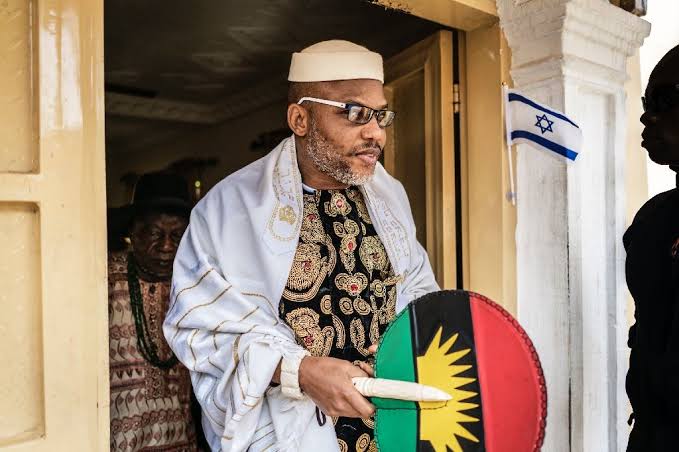
The Biafran political activist, and leader of the Indigenous People of Biafra (IPOB), Nnamdi Kanu, has unveiled a new flag design for Biafra, Ekohotblog reports.
Biafra group has long sought the secession and sovereignty of Eastern Nigeria.
IPOB leader, Nnamdi Kanu, made this known via a post on social media platform, Twitter, on Tuesday, tagging the new design as “beautiful and thought-provoking.”
The newest design with an acknowledgement of our ERI heritage. Beautiful and thought provoking.
What do you think? pic.twitter.com/lLXERzouGW
— Mazi Nnamdi Kanu (@MaziNnamdiKanu) August 18, 2020
Difference Between The Former Biafra Flag And The New Design
The flag of the former Republic of Biafra consists of a horizontal tricolour of red, black, and green, charged with a golden rising sun over a golden bar.
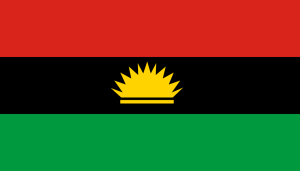
Red represents the blood of those massacred in northern Nigeria and in the consequent Nigeria-Biafra war. Black is for mourning them and in remembrance. Green is for prosperity and half of a yellow/golden sun stands for a glorious future. The sun has eleven rays, representing the eleven provinces of Biafra.
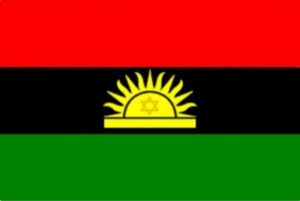
While the new flag has an additional star inside the previous star.
About Biafra
Biafra, officially the Republic of Biafra, was a state in West Africa that existed from May 1967 to January 1970. It was made up of the states in the Eastern Region of Nigeria.
Biafra’s declaration of independence from Nigeria resulted in a civil war between Biafra and Nigeria. Biafra was formally recognized by Gabon, Haiti, Ivory Coast, Tanzania, and Zambia. Other nations, which did not give official recognition but provided support and assistance to Biafra, included Israel, France, Spain, Portugal, Norway, Rhodesia, South Africa, and Vatican City.
Biafra received aid from non-state actors, including Joint Church Aid, Holy Ghost Fathers of Ireland,[2] and under their direction Caritas International, and U.S. Catholic Relief Services. Médecins Sans Frontières (Doctors Without Borders) also originated in response to the suffering.
Its inhabitants were mostly Igbo, who led the independence movement due to economic, ethnic, cultural, and religious tensions among the various peoples of Nigeria.
Other ethnic groups included the Efik, Ibibio, Annang, Ejagham, Eket, Ibeno, and the Ijaw.
Advertise or Publish a Story on EkoHot Blog:
Kindly contact us at [email protected]. Breaking stories should be sent to the above email and substantiated with pictorial evidence.
Citizen journalists will receive a token as data incentive.
Call or Whatsapp: 0803 561 7233, 0703 414 5611


